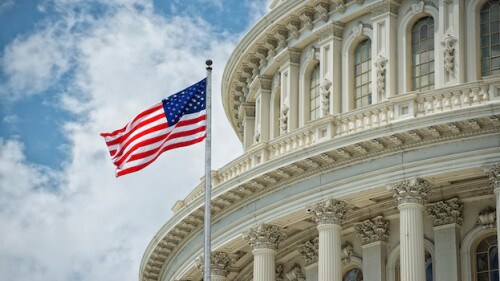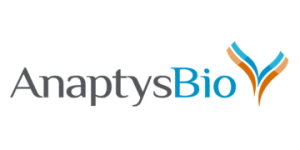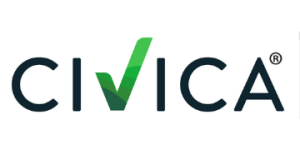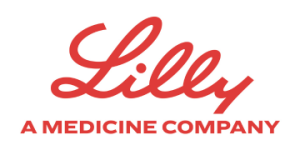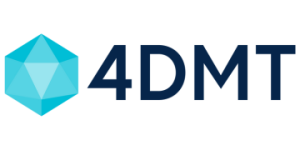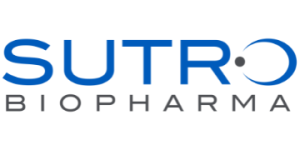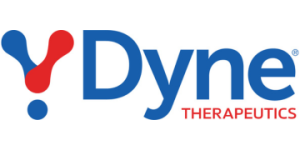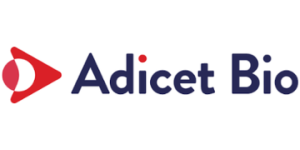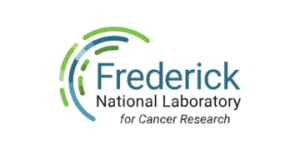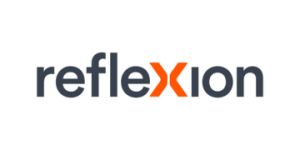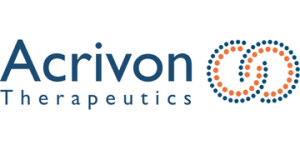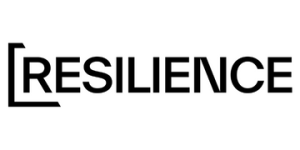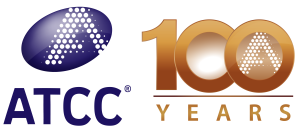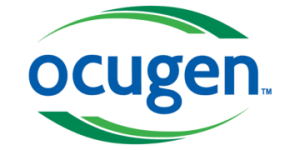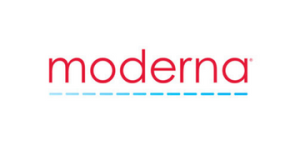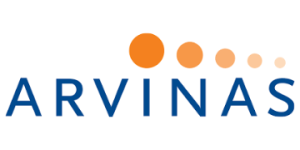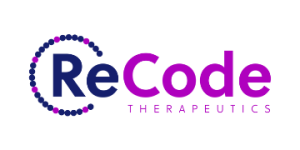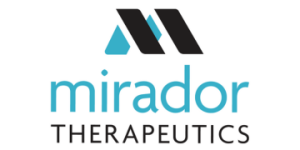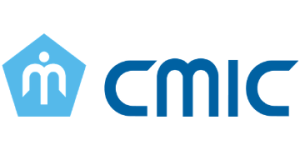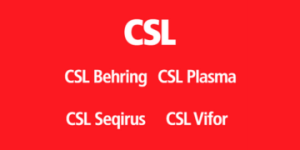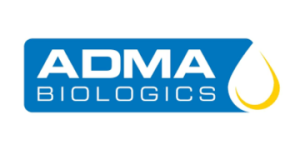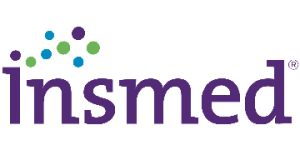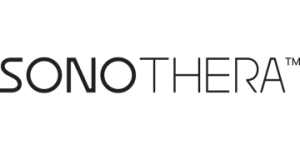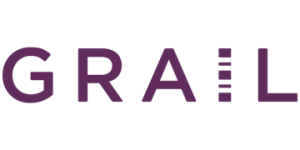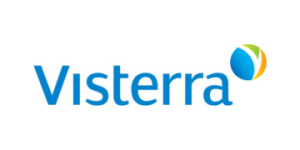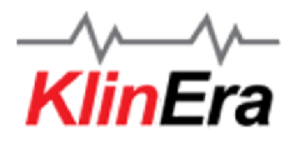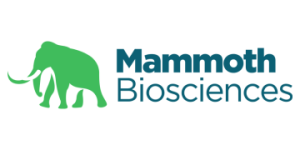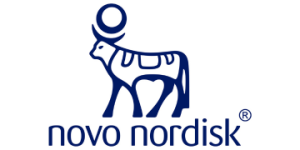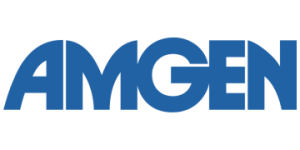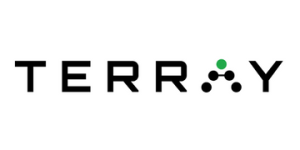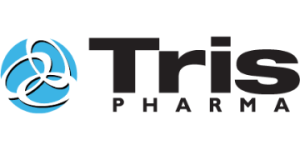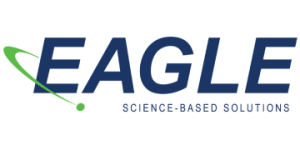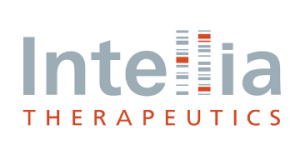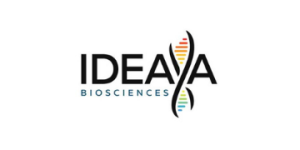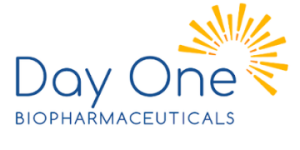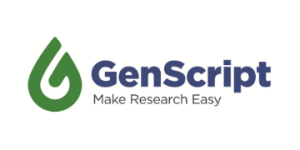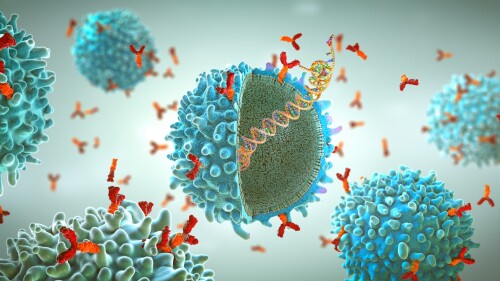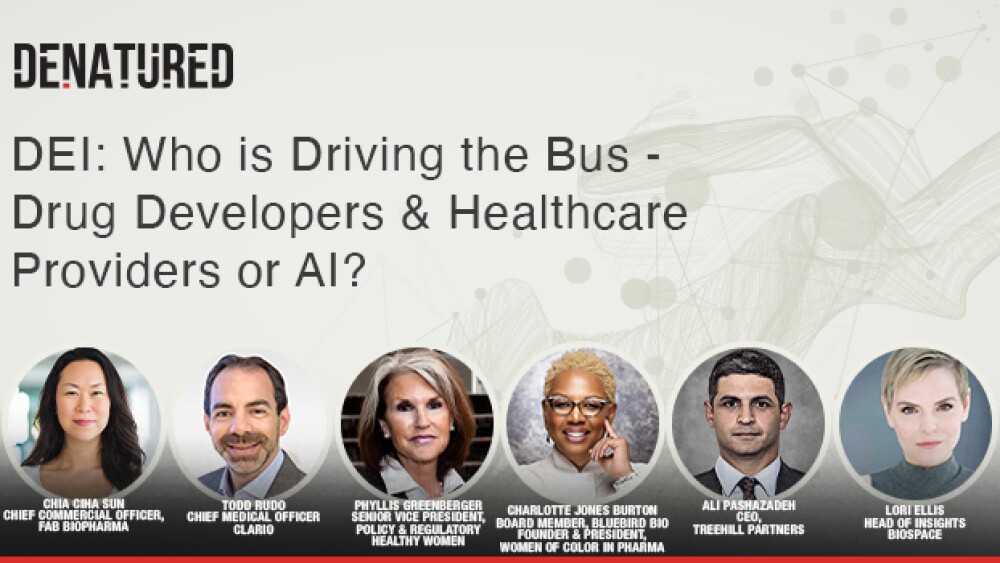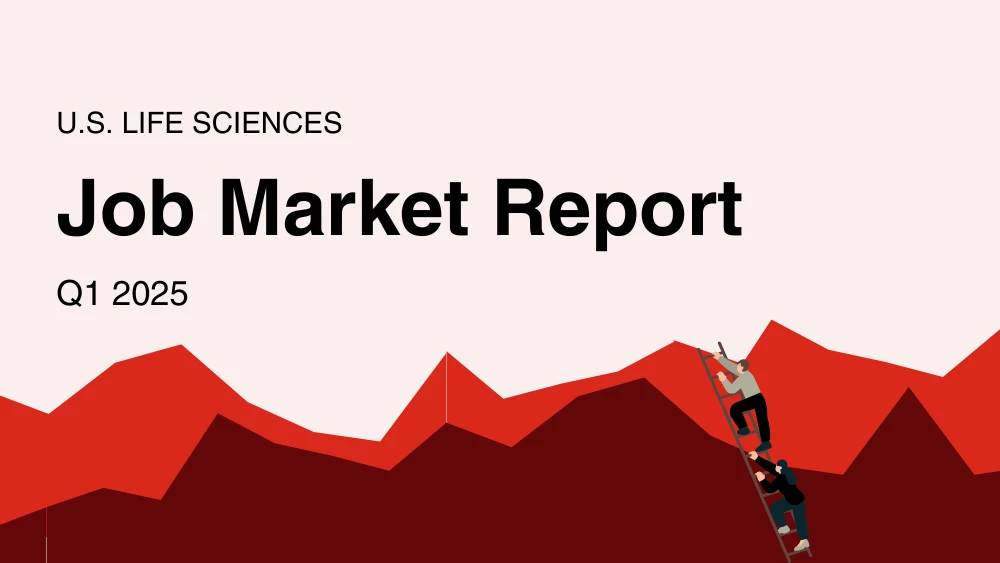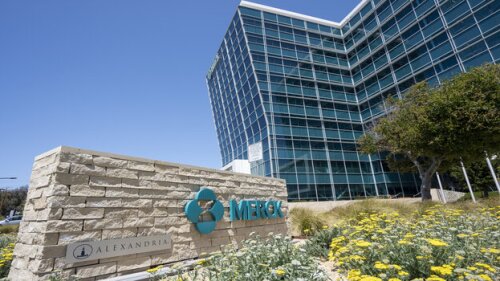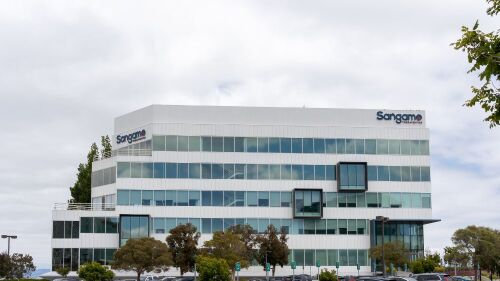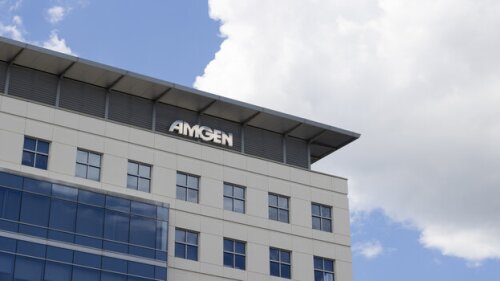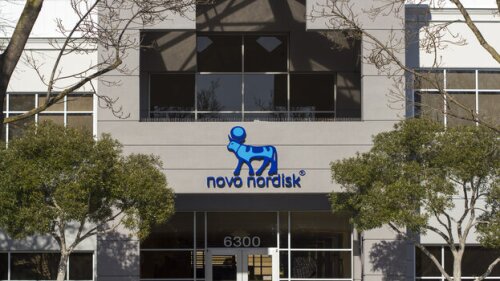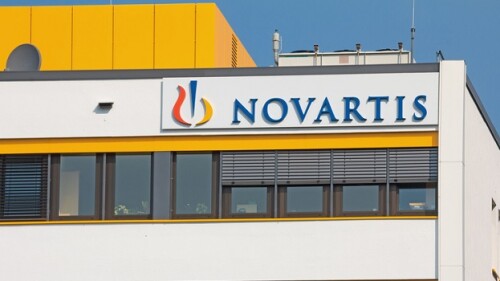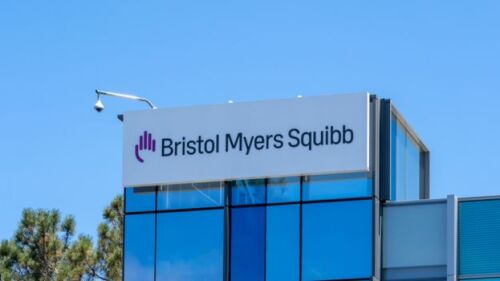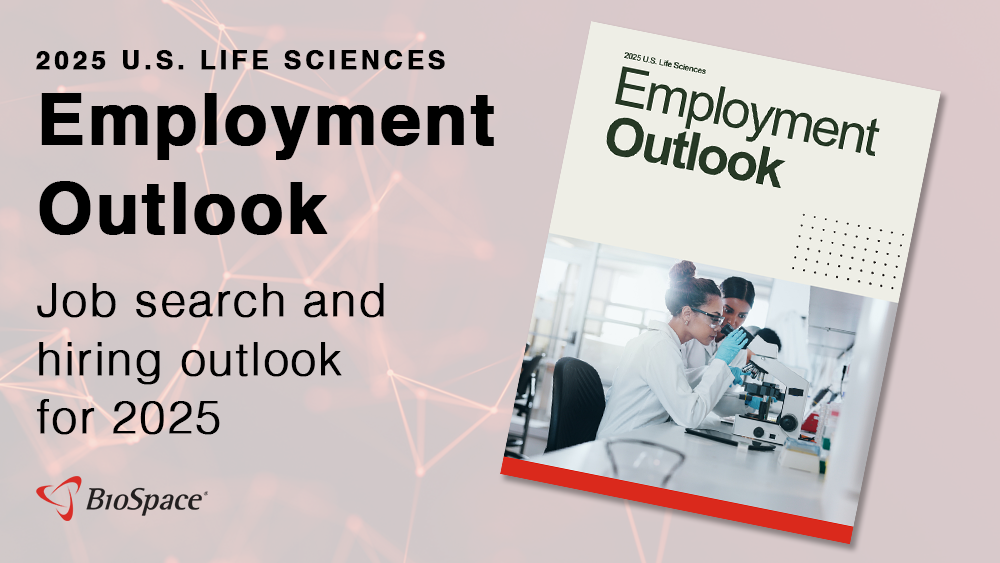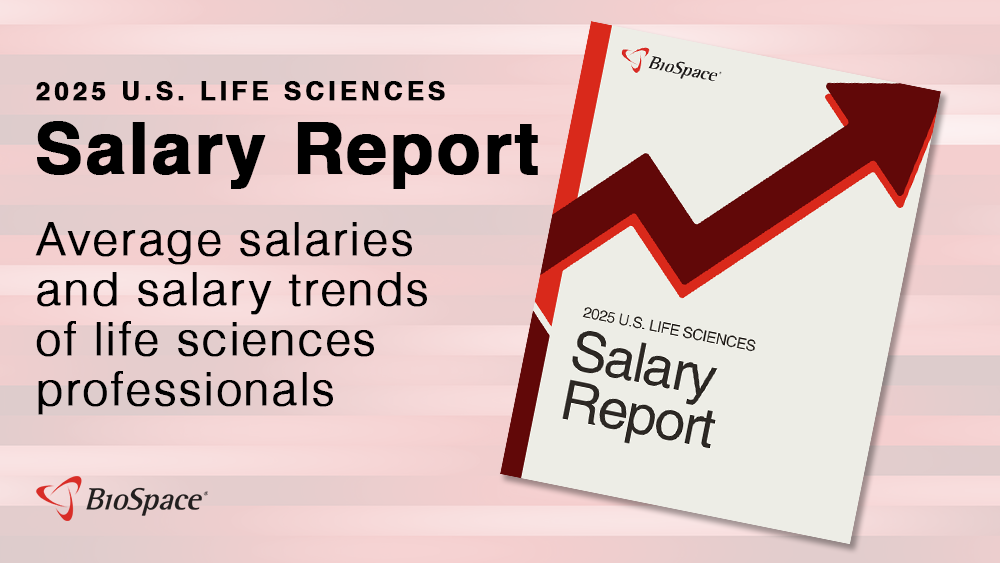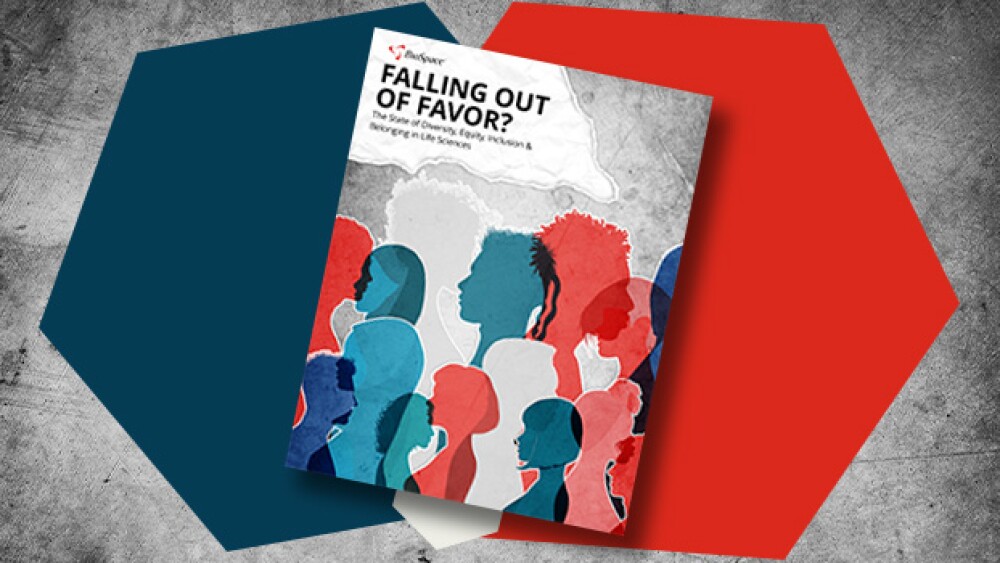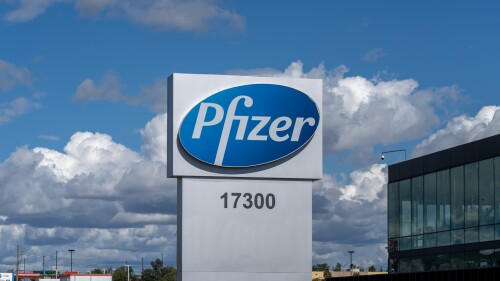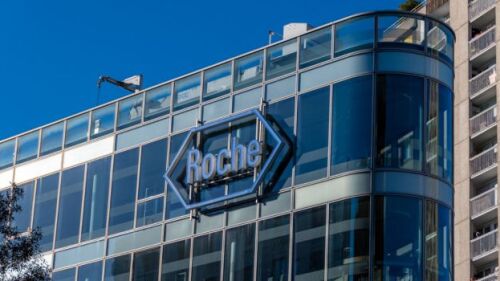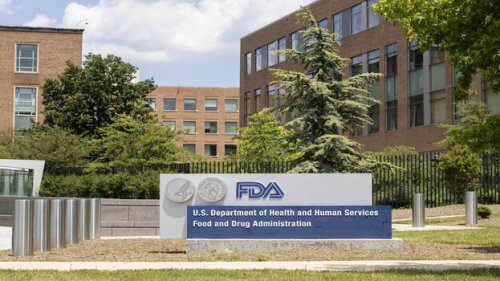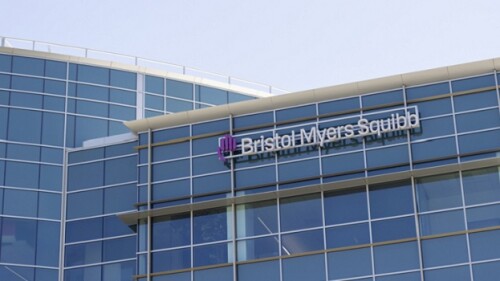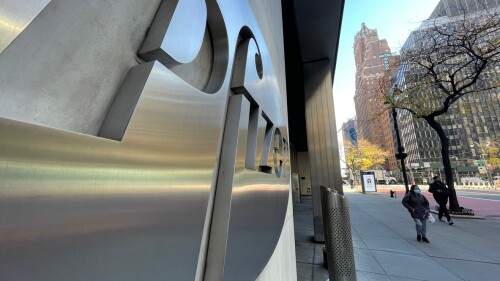The tradipitant saga stretches back to September 2024, when the FDA declined to approve Vanda’s drug in gastroparesis, a stomach condition characterized by delayed gastric emptying.
Proquad is rarely a newsmaker from Merck’s earnings, but this time around, the U.S. has had a series of measles outbreaks. Sales of the vaccine were $539 million for the quarter, a 5% decline from the same period in 2024.
Where thousands of former Health and Human Services employees will work next is unknown, but biopharma companies likely aren’t the main destination. Two biopharma executives discuss potential landing spots.
Roche’s exposure to the tariffs is mostly limited to four medicines, three of which it already produces in the U.S., according to CEO Thomas Schinecker, who declined to reveal what these assets are.
In this discussion, our guests explore how recent regulatory changes are shaping the future of AI in drug development in the US market. Watch now.
The deal is a blast from the not-too-distant past, when special purpose acquisition companies were an easy way for companies to list on the public market with a bundle of cash to operate on.
FEATURED STORIES
The FDA’s Oncologic Drugs Advisory Committee recently voted to narrow the label for checkpoint inhibitors Keytruda and Opdivo in stomach and esophageal cancers based on PD-L1 expression levels—but the high unmet need in these patient populations should also be considered.
Marty Makary, likely FDA commissioner under President Trump, appeared before Congress this week as the agency he’s set to lead continues to be rocked by sweeping changes and about-faces.
A BioSpace analysis of all 80 priority review vouchers that have been handed out across the three FDA programs that offer them found that 2024 was the busiest year yet. Companies have disclosed spending $513 million on vouchers that were earned in 2024 so far.
FROM BIOSPACE INSIGHTS
In a year when eradicated diseases are on the uptick in America, how will American children survive RFK Jr.’s vaccine scrutiny and inconsistency? Two experts call on pharma and regulatory bodies to rebuild trust.
LATEST PODCASTS
Despite early 2024 optimism, BioSpace’s Job Market Trends report outlines a still sluggish situation in the biopharma industry, Novartis and J&J announce Q2 earnings, GLP-1 market leaders expand into China and the Cassava Sciences saga continues.
This is the third episode of Denatured’s discussion on diversity, equity and inclusion. Here, our guests discuss imperatives around access and accountability.
Pfizer selects its candidate for the oral GLP-1 race as Eli Lilly strives to overtake Novo Nordisk in the injectable weight-loss drug space. Meanwhile, pressure builds to reduce drug prices in the U.S.
Job Trends
The Department of Health – Abu Dhabi, the regulator of the healthcare sector in the Emirate, signed a Memorandum of Understanding with AstraZeneca during BIO International Convention 2024 to establish a world-class Rare Diseases Centre of Excellence in Abu Dhabi.
Subscribe to Genepool
Subscribe to BioSpace’s flagship publication including top headlines, special editions and life sciences’ most important breaking news
SPECIAL EDITIONS
A new generation of checkpoint inhibitors is emerging, with some showing more promise than others. From recent TIGIT failures to high-potential targets like VEGF, BioSpace explores what’s on the horizon in immuno-oncology.
Peter Marks, the venerable head of the FDA’s Center for Biologics Evaluation and Research, has been forced out. In this special edition of BioPharm Executive, BioSpace takes a deep dive into the instability of the HHS.
Year-over-year BioSpace data show biopharma professionals faced increased competition for fewer employment opportunities during the first quarter of 2025.
DEALS
-
Armed with a combined $850 million in cash, the companies said Thursday the resulting biotech will have a pipeline that could deliver 10 clinical readouts over the next 18 months.
-
The size of the global immunology market is projected to nearly double by 2032 to a quarter of a trillion dollars. Here are this year’s standout deals in the space.
-
After dropping $4 billion on a deal with the Japanese company last year, Merck is getting back some of its investment as Daiichi Sankyo buys into a Phase I/II T-cell engager therapy acquired from Harpoon Therapeutics.
-
Sangamo Therapeutics announced Tuesday it secured an exclusive licensing agreement with Roche’s Genentech, which is paying $50 million in near-term upfront fees and milestone payments to develop novel genomic medicines for neurodegenerative diseases.
-
Biotech entrepreneur Arie Belldegrun and former Roche CEO Franz Humer are part of the credit firm’s push to provide companies with another source of funding, Symbiotic Capital announced Tuesday.
WEIGHT LOSS
-
Cantor Fitzgerald analyst Olivia Brayer found supplementary bone mineral density data for Amgen’s obesity candidate MariTide that could point to a potentially greater fracture risk than previously revealed, but some other analysts view the findings as a nonissue.
-
With Novo Holdings’ $16.5 billion buyout of Catalent being reviewed by regulators, what work the contract drug manufacturer may or may not be performing for Eli Lilly remains a point of contention.
-
Novo said supply of Wegovy and Ozempic is in good shape after the drugs were removed from the FDA’s shortage list last week. But Eli Lilly reported slower than expected sales in the third quarter due to wholesaler destocking.
-
Novo Nordisk’s total revenue in the third quarter missed analysts’ expectations but sales of weight loss drug Wegovy exceeded the consensus forecast. Still, the Danish drugmaker narrowed its full-year guidance for revenue and operating profit.
-
While expected and seen as largely incremental, Jefferies analyst Peter Welford in a Tuesday note to investors said the detailed data for three early-stage assets support moving them into Phase IIb studies and creates a “foothold” for AstraZeneca in the weight loss space.
POLICY
-
At J.P. Morgan, most biopharma executives expressed a neutral stance on the incoming administration, but just days later, President Trump issued multiple executive orders that concern the industry.
-
Biopharma executives shared their thoughts on the potential impacts of the new administration; Annalee Armstrong recaps JPM and her talks with Biogen, Gilead, Novavax and more; Wegovy’s higher dose induces more weight loss; AstraZeneca and Daiichi Sankyo’s Dato-DXd scores its first FDA approval.
-
Drugmakers will have until the end of February to decide whether they want to participate in the second round of Medicare negotiations or not. CMS has until June 1 to send an initial offer for the adjusted prices.
-
Novartis is locked in a legal back-and-forth with MSN Pharma over alleged patent infringement of its heart failure drug Entresto.
-
Along with its gene editing therapy Casgevy, Vertex is offering fertility preservation support for its patients—a program that the HHS claims violates anti-kickback statutes.
A variation of rage quitting, rage applying is a method of job searching that occurs when someone applies for many new roles while still employed in their current position.
Some consider a candidate’s alma mater to be the most important factor in the hiring process. But how much does a life science candidate’s alma mater really matter? In short–it depends.
New York City employers who use Artificial Intelligence (AI) tools in hiring will soon be subject to new regulations requiring them to notify candidates when using the technology.
Now more than ever, there is ample opportunity for life science candidates with only a bachelor’s degree. Still, there are certain things these candidates should know to ensure their success.
Computer programming jobs in biopharma are on the rise, but candidates must have a specific skill set. To help, here are the best programming languages for those working in the life sciences.
Discover the benefits and challenges of relocating to a biopharma hot spot and find out the most important factors to consider when making your decision.
HOTBEDS
REPORTS
In this Employment Outlook report, BioSpace explores current workforce sentiment, job activity trends and the prospective job and hiring outlook for 2025, particularly as it compares to the previous year.
BioSpace’s third report on diversity, equity, inclusion and belonging in life sciences examines dramatic shifts in attitude around diversity initiatives.
CANCER
-
Staff cuts will leave IGM Biosciences with 37 employees. The company is also halting development of two bispecific antibody T cell engagers for autoimmune diseases.
-
If approved, Pfizer’s sasanlimab will distinguish itself from Merck’s blockbuster Keytruda as the first PD-1 inhibitor indicated in combination with BCG for high-risk non-muscle invasive bladder cancer patients who had not previously undergone BCG treatment.
-
On Thursday, Boehringer Ingelheim announced a partnership with Synaffix to advance antibody-drug conjugates and exercised its fourth license option under a 2013 collaboration with Oxford BioTherapeutics.
-
In a deal expected to close in Q1 2025, Roche will gain access to Poseida’s off-the-shelf CAR T candidates.
-
Among the FDA’s pending decisions for this quarter are Vertex’s non-opioid pain drug and Sanofi’s RNA interference therapy for hemophilia A and B.
NEUROSCIENCE
-
Trump fingers Robert F. Kennedy Jr. to lead the HHS, lupus and ATTR-CM dominate headlines this week, bluebird bio has a cash gap to leap and RegenxBio eyes Sarepta in Duchenne muscular dystrophy.
-
Phase II results for Cybin’s psilocin therapy showed remission rates of 71%, but just eight patients made it to the 12-month milestone.
-
With the failure of AbbVie’s emraclidine in two mid-stage trials, Bristol Myers Squibb’s Cobenfy is ‘sole muscarinic winner.’
-
The FDA has followed in the footsteps of its European counterparts and granted accelerated approval to PTC Therapeutics’ gene therapy Kebilidi for AADC deficiency. It is the first approved gene therapy to be delivered directly to the brain.
-
A slow launch for Alzheimer’s medicine Leqembi, a lackluster pipeline and a challenging drug launch environment are just a few of the factors that have sent Biogen’s shares down this year.
CELL AND GENE THERAPY
-
Stephen Majors from the Alliance for Regenerative Medicine, which hosts the conference, spoke with BioSpace about what the more than 2,000 attendees can expect to learn next week in Phoenix about the pressing issues confronting the industry.
-
To say that 2seventy bio’s short two years of existence have been dramatic is an understatement. CEO Chip Baird told BioSpace transparency and a committed staff have kept the biotech going through thick and thin.
-
District Judge Jesse Furman ruled that the plaintiff, UMB Bank, does not have standing to bring the case against Bristol Myers Squibb because it is not a properly appointed trustee for shareholders’ contingent value rights.
-
In an effort to expand its cash runway beyond 12 months, Prime Medicine has signed a deal with Bristol Myers Squibb worth a potential $3.5 billion, while also streamlining its pipeline to trim costs.
-
Pfizer’s sudden market withdrawal of sickle cell therapy Oxbryta, which some analysts predicted would reach $750 million in sales by the end of the decade, has left patients and healthcare providers with few options, while investors question the pharma giant’s dealmaking prowess.



